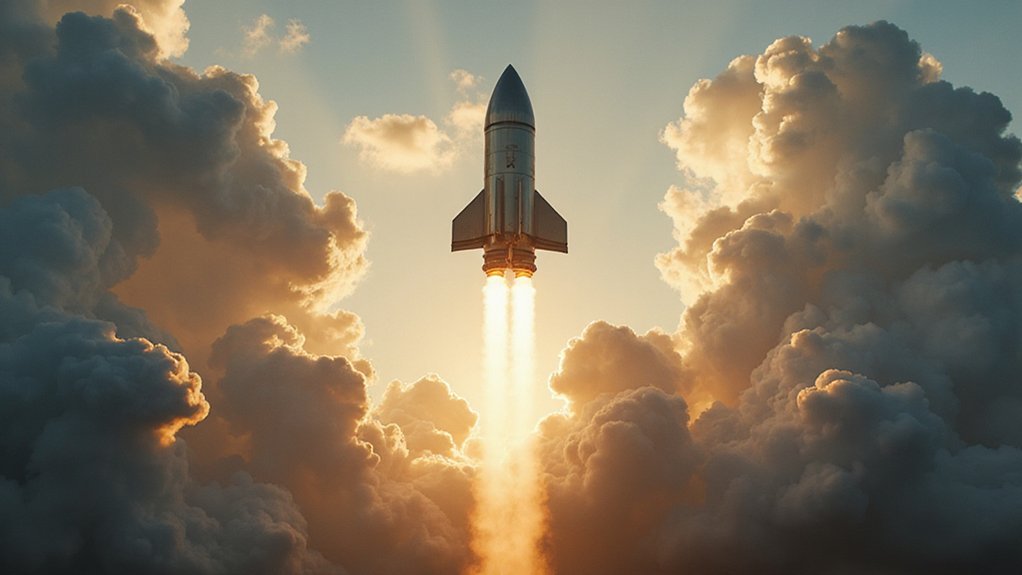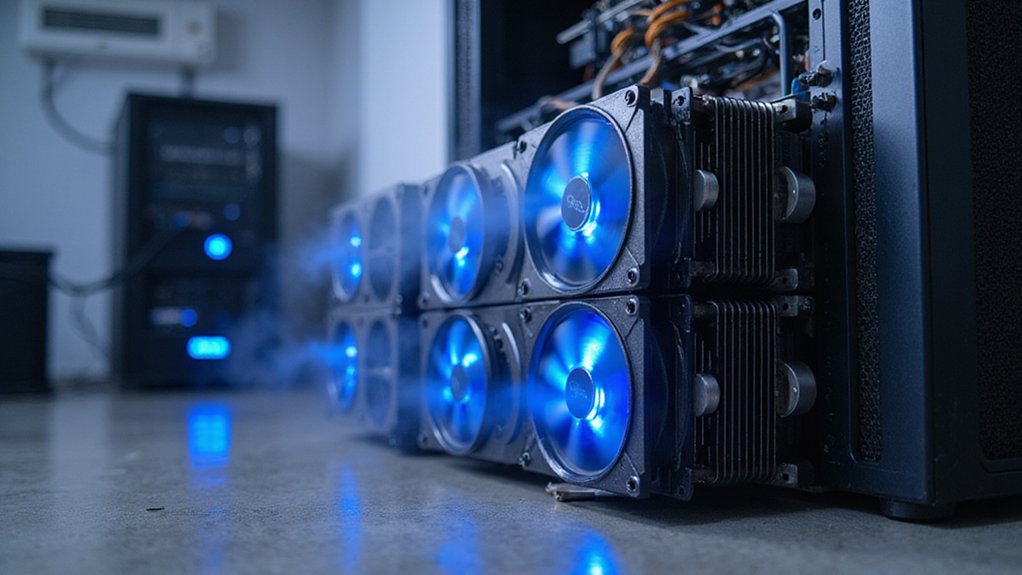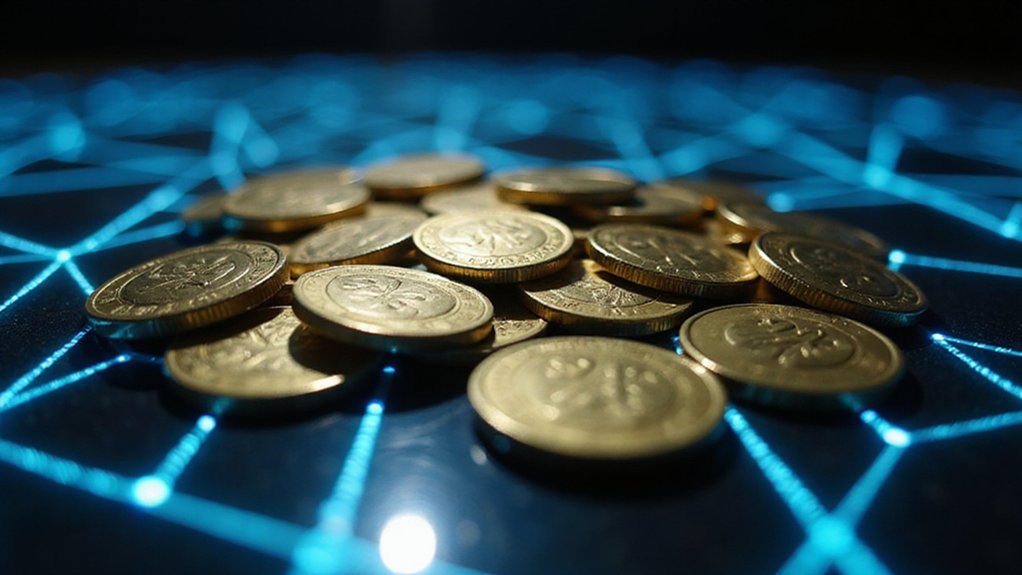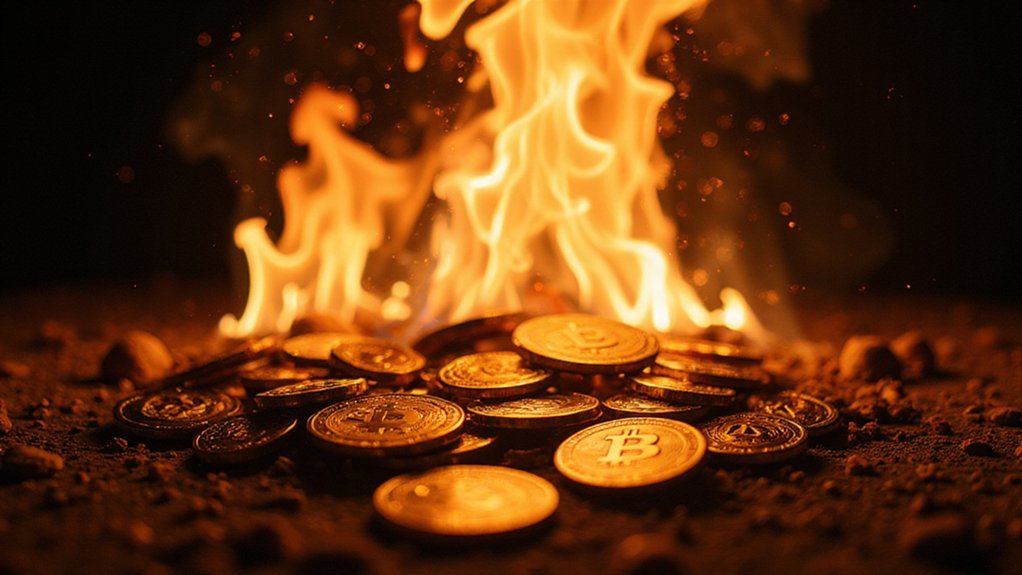While most cryptocurrency projects struggle to bridge the chasm between theoretical blockchain innovation and practical user adoption, BlockDAG has managed to cultivate a peculiar phenomenon: over 2 million miners voluntarily tapping their mobile screens to participate in what amounts to gamified network validation. This curious amalgamation of mobile gaming mechanics with distributed ledger technology has apparently resonated with users who might otherwise find traditional mining setups prohibitively complex or capital-intensive.
The project’s financial trajectory suggests that lowering technical barriers can yield substantial results—BlockDAG has accumulated approximately $318.5 million through its presale phases, with token prices ascending from an initial $0.001 to ranges between $0.0020 and $0.0030. Early participants have witnessed returns exceeding 2,660%, though such figures inevitably prompt questions about sustainability versus speculative fervor.
The distribution of over 23 billion BDAG tokens during presale demonstrates considerable market appetite, positioning the project among 2025’s most capitalized cryptocurrency ventures. The implementation of a structured batch system across 45 separate phases has helped prevent market oversaturation while maintaining steady price appreciation throughout the presale period.
BlockDAG’s technical architecture combines Directed Acyclic Graph structures with Proof-of-Work consensus mechanisms, theoretically enabling faster transaction processing while maintaining security through decentralized validation. The platform’s Ethereum compatibility allows developers to leverage existing tools and deploy smart contracts without extensive retooling—a pragmatic approach that acknowledges the established developer ecosystem rather than demanding wholesale migration to proprietary frameworks. By utilizing smart contracts for automated execution, BlockDAG aligns with the broader DeFi movement that eliminates traditional financial intermediaries through blockchain-based protocols.
The project extends beyond mere mining gamification through a grants program distributing $10,000 to $100,000 in funding (denominated in both BDAG tokens and USDT) to developers building applications within the ecosystem. This milestone-based funding structure, subject to technical and business review processes, aims to cultivate diverse decentralized applications while maintaining quality standards.
With twenty confirmed exchange listings secured and sponsorship arrangements targeting mainstream American audiences, BlockDAG appears to be pursuing a dual strategy: maintaining crypto community engagement while courting broader consumer adoption.
Whether this approach can sustain momentum beyond initial enthusiasm remains the fundamental question facing any project attempting to democratize blockchain participation through simplified user interfaces and mobile-first design philosophies.








